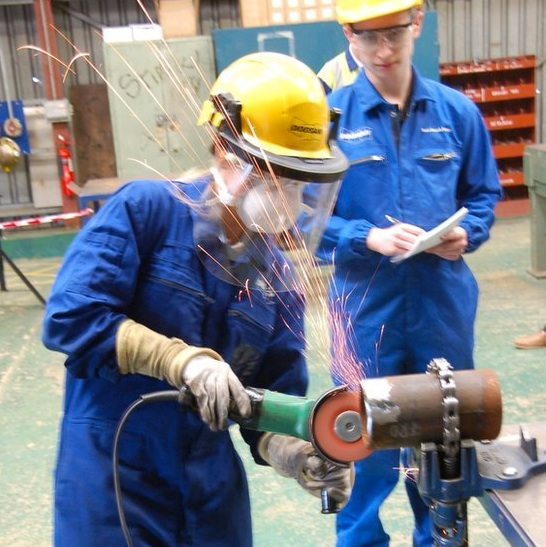19. Learning by Doing: Apprenticeship
19.2. Key Features of Apprenticeship

‘It is useful to remember that apprenticeship is not an invisible phenomenon. It has key elements: a particular way of viewing learning, specific roles and strategies for teachers and learners, and clear stages of development, whether for a traditional or cognitive apprenticeship. But mostly it’s important to remember that in this perspective, one cannot learn from afar. Instead, one learns amid the engagement of participating in the authentic, dynamic, and unique swirl of genuine practice.‘
Pratt and Johnson, 1998
Schön (1983) argues that apprenticeship operates in ‘situations of practice that are frequently ill-defined and problematic, and characterized by vagueness, uncertainty, and disorder‘. Learning in apprenticeship is not just about learning to do (active learning), but also requires an understanding of the contexts in which the learning will be applied. In addition, there is a social and cultural element to the learning, understanding, and embedding the accepted practices, customs, and values of experts in the field. Pratt and Johnson (1998) identify the characteristics of a master practitioner, whom they define as:
A person who has acquired a thorough knowledge of and/or is especially skilled in a particular area of practice. Master practitioners:
- Possess great amounts of knowledge in their area of expertise, and are able to apply that knowledge in the difficult practice settings.
- Have well-organized, readily accessible schemas (cognitive maps) which facilitate the acquisition of new information.
- Have well-developed repertoires of strategies for acquiring new knowledge, integrating and organizing their schemas, and applying their knowledge and skills in a variety of contexts.
- …Are motivated to learn as part of the process of developing their identities in their communities of practice. They are not motivated to learn simply to reach some external performance goal or reward.
- Frequently display tacit knowledge in the form of:
- Spontaneous action and judgments.
- Being unaware of having learned to do these things.
- Being unable or having difficulty in describing the knowing which their actions reveal.
Pratt and Johnson further distinguish two different but related forms of apprenticeship: traditional and cognitive. A traditional apprenticeship experience, based on developing a motor or manual skill involves learning a procedure and gradually developing mastery, during which the master and learner go through several stages.
